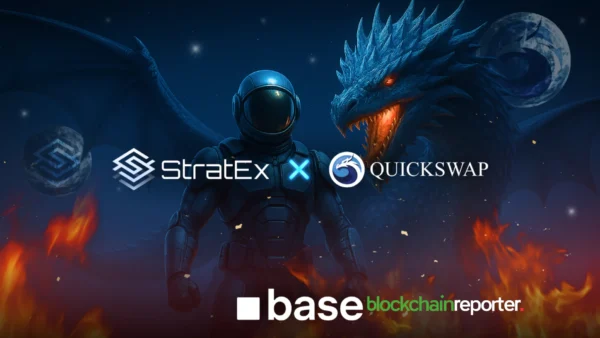
In 2022, *ETH* embarked on a transformative journey by shifting from a proof-of-work (PoW) to a proof-of-stake (PoS) consensus mechanism, culminating in the landmark Merge event. The following year, the introduction of the Shanghai and Capella upgrades, known collectively as Shapella, further solidified Ethereum’s PoS architecture. These upgrades marked a significant milestone, enabling ETH stakers to freely withdraw their assets, thereby revolutionizing Ethereum staking. Staking on Ethereum has become a pivotal way to support the network, rewarding participants for their engagement and contributing to the network’s vitality.
Amidst the ongoing evolution, the staking landscape has witnessed the introduction of innovative concepts like liquid staking, restaking, and Distributed Validator Technology (DVT), enhancing Ethereum’s utility and validator capabilities. DVT, in particular, has gained attention for its role in creating a more secure, decentralized, and resilient liquid restaking architecture (LRT) at ClayStack.
Understanding DVT
DVT, likened to a “multi-sig for validators,” democratizes staking by distributing validation responsibilities across multiple participants, thereby reducing reliance on centralized entities. This built-in fault tolerance ensures network resilience even if some nodes go offline due to malicious reasons. DVT’s significance lies in its mitigation of two main risks associated with PoS networks: key security and potential hardware, software, or client faults.
ClayStack’s adoption of DVT steers away from centralized validator networks, ensuring that no single entity monopolizes the validation process. This approach is embodied through DVT’s five core components: Shamir’s secret sharing, Threshold signature scheme, Distributed key generation (DKG), Multiparty computation (MPC), and Consensus protocol.
Traditionally, a validator setup is monolithic, relying on a singular set of keys, one machine, and often a single managing entity. DVT revolutionizes this by enabling validator operations across multiple machines and participants. A practical analogy would be four friends each holding a key share and operating their machine; even if one encounters a failure, the validator continues functioning smoothly, showcasing DVT’s fault tolerance and redundancy.
ClayStack’s Contribution to a Decentralized Future
By implementing DVT, ClayStack not only minimizes risks associated with single-validator staking but also fosters a diverse and inclusive validator ecosystem, reducing network centralization risks. ClayStack’s initiative in combining several DVTs aims at creating a robust, resilient, and democratic network, making it a pioneering force in the advancement of liquid restaking solutions.
Ethereum’s transition to a PoS mechanism has sparked a wave of innovation in the staking domain, with technologies like DVT at the forefront. ClayStack’s DVT-powered liquid restaking represents a significant leap towards a decentralized, secure, and inclusive Ethereum network, promising a brighter future for stakers and validators alike.








